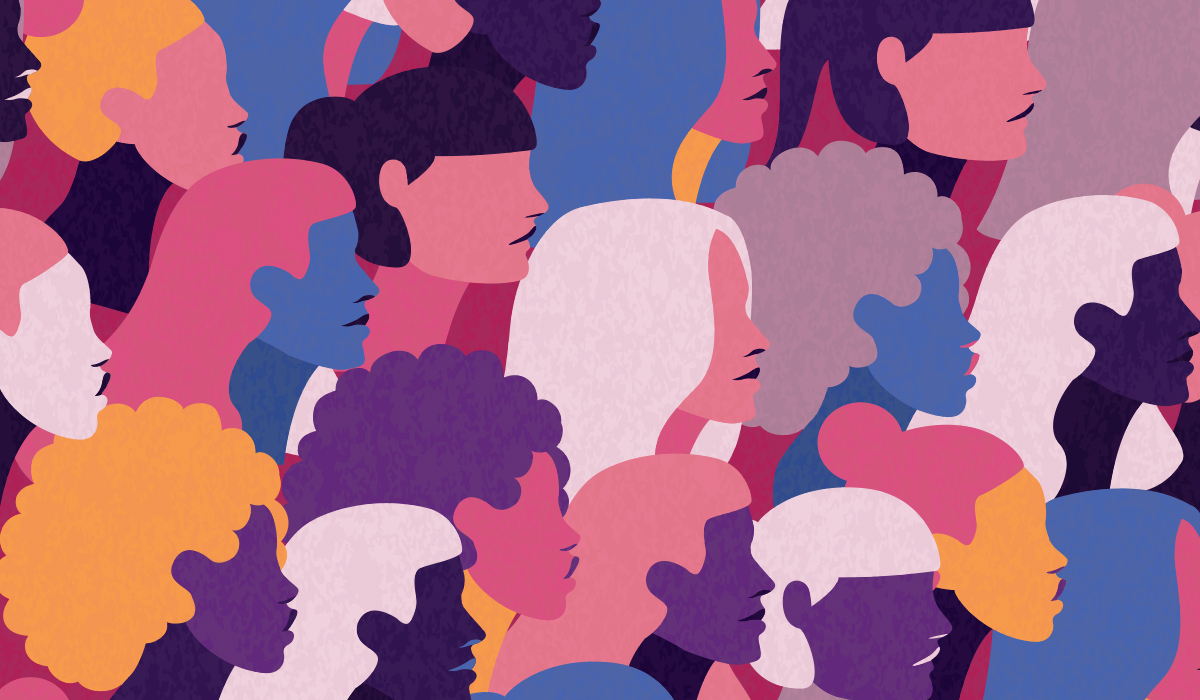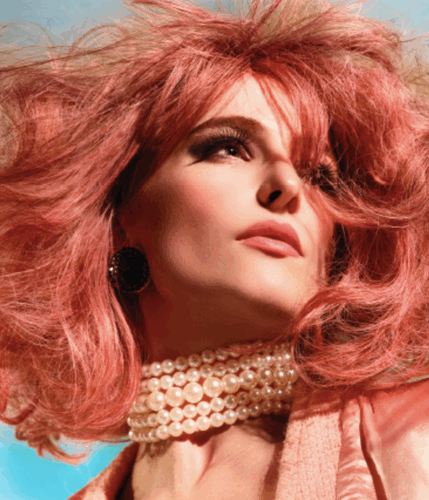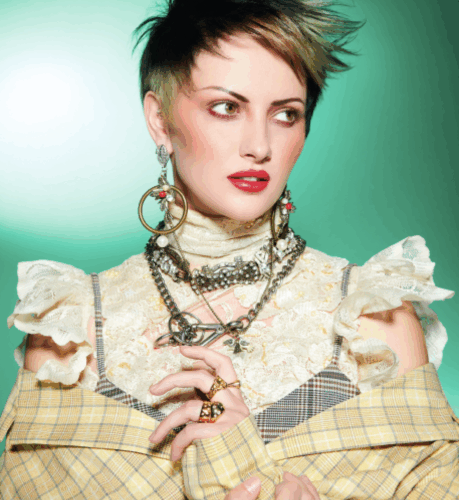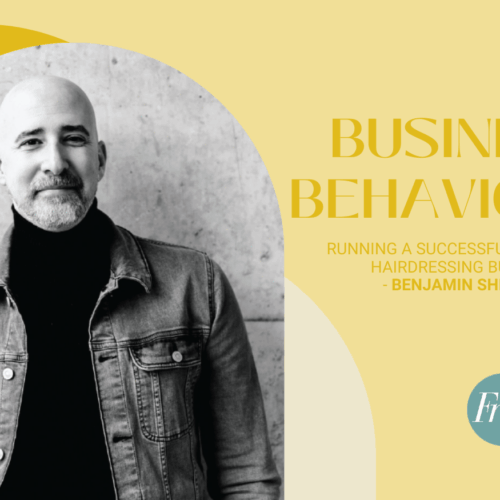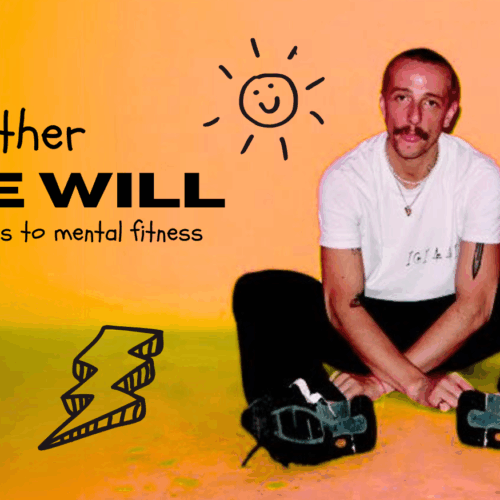In the latest in his series exploring the road to success, award winning salon owner and globally renowned hairdresser, Robert Masciave, talks about the need to be both smart and creative when it comes to learning.
I have talked previously about the need to be clever when it comes to learning, and that the first step to learning effectively is to know yourself and how you best take in information.
One school of thought that I am a great believer in is that of Visual, Auditory and Kinesthetic learning (VAK).
Basically, it’s the belief that we all absorb information differently and usually find it easier to take in information through one dominant sense – either through vision, sound or kinesthetically, which means through carrying out activities in order to learn.
Once you have established the way you learn most effectively, you can try and tailor your learning around this, finding ways to stimulate your creativity for example, that best suit you. Most hairdressers prefer visual means of learning, I am definitely someone who prefers a visual means of absorbing information and will usually find inspiration in things that I see.
I’ve also talked before about the importance of finding the right mentor, and it’s worth reiterating here how vital a great mentor is to your development as a hairdresser and a person.
All I knew when I was a young hairdresser was that I wanted to do show and stage work, so I picked a mentor whose work I most admired, Guy Kremer. I had a strong sense of what I liked and what I didn’t like, and Guy’s work had huge visual appeal for me and, because of the way I take in information, I needed a mentor whose work I found visually inspiring.
When you are young all you can do when you imagine your future is look at someone who has achieved what you would like to achieve.
This is actually a good way to find a mentor. But don’t be inhibited when it comes to picturing your future. Imagining where you want to be in the future is also a great way to start firming a plan of how you want your career to develop, and this is where creativity comes into play.
When thinking about your future be as creative as you want. No-one can judge what is in your head. Let your imagination run free and just ask yourself, in an ideal world, without restrictions, what would I be? This free, creative way of thinking allows us to make plans, however loose those plans may originally be.
Once you have embarked on your journey of learning, it is important to create challenges for yourself.
First learn a new skill, then practice that new skill until you feel confident in your abilities, then challenge that skill until you have mastered it. It’s only by challenging yourself that you will begin to unlock your creativity.
While skill obviously comes into play when mastering your craft, it’s also important to let emotion influence you. If you feel emotion towards what you are doing or the inspiration behind what you are doing, it will provide the drive you need to excel in your craft.
An example of how I have challenged myself and used emotion as a driving force, is my avant-garde work. When I started doing avant-garde work I was moving out of my comfort zone.
When you create avant-garde hair you are not working with looks that are tried and tested, you are not just recreating what has been done before, with the confidence that if you get it right people will respond positively. With avant-garde looks, you are challenging yourself to create something that’s never been done before and this can mean developing new techniques in order to bring your vision to reality
This is an obvious example of how to challenge yourself, but a challenge can be anything that takes you away from what you feel comfortable with. For me, real learning is all about problem solving.
Emotion also plays a massive part in my avant-garde work, and in all elements of my hairdressing.
Much of my work has been inspired by my seeing something that triggered an emotion. It’s not about looking at something and thinking I want to do that, it’s about feeling something. One of my avant-garde creations was inspired by a tree I saw while I was exploring Kew Gardens.
I was drawn to this one particular tree and it’s natural beauty. I took a picture of it and moved on. A few weeks later I was asked to do a show based around the concept of an enchanted forest.
I didn’t even think about the tree I’d seen, but once I saw the finished look, I realised I had recreated that tree. Because I had reacted to it with emotion, it had stayed in my head and influenced my work. The emotion I felt provided the driving force behind my hair creation.
One thing I want to stress is that copying is not creative. You will never really learn and progress by copying.
A lot of people will copy what has been done before because they know it will receive a positive reaction. As an exercise to practice skills, copying is fine, but it’s a waste of time to share and call something you have copied your own creation.
Always try and be original, embrace a sense of risk and have the courage to challenge yourself continuously.

